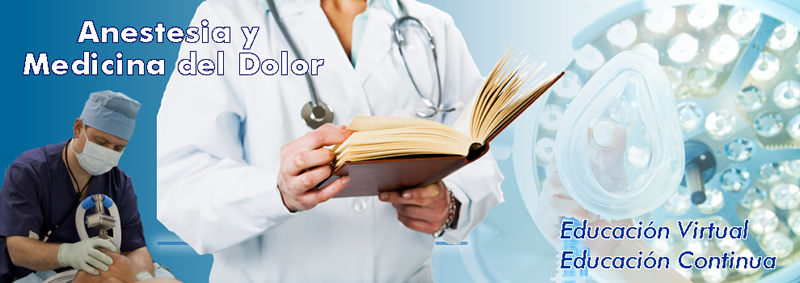Un metaanálisis de neuroprotección farmacológica en cirugía no cardíaca: enfoque en estatinas, lidocaína, ketamina y sulfato de magnesio.
A meta-analysis of pharmacological neuroprotection in noncardiac surgery: focus on statins, lidocaine, ketamine, and magnesium sulfate.
Abstract
OBJECTIVE: Non-cardiac surgery is associated with perioperative cerebral complications (delirium, postoperative cognition dysfunction, stroke). While rare, these complications can lead to disabilities and deaths. Information is ambiguous as to whether pharmacological preoperative treatment exerts neuroprotection. We wished to systematically assess potential modulation by statins, lidocaine, ketamine or magnesium sulfate of the relative risk of cerebral complications in noncardiac surgery. Selection of these pharmacological agents was based on their known neuroprotective abilities. PATIENTS AND METHODS: By searching Medline, EMBASE and Cochrane databases, we identified 4 suitable publications that collectively enrolled 1358 patients (intent-to-treat population), of which 679 patients were treated preoperatively with statins (404 patients on atorvastatin and 275 on rosuvastatin) and 679 patients with preoperative placebo. The reported cerebral outcome was stroke, assessed either within 30 days (4 publications) or 6 months (2 publications) after surgery. RESULTS: Episodes of stroke within 30 days and 6 months postoperatively were observed in several publications, enabling aggregate analyses. No modulation by statins of the relative risk of stroke at 30 days was observed (risk ratio 1.59, 95% confidence interval 0.08-30.97; p = 0.76). At 6 months, statins showed an insignificant trend toward neuroprotection (risk ratio 0.33, 95% confidence interval 0.05-2.10; p = 0.24). CONCLUSIONS: The available clinical data are still scarce. Our analyses indicate no protective effects by statins against perioperative stroke but some favorable trends toward delayed stroke. Further randomized trials are needed to unequivocally assess the neuroprotective potential of current pharmacological agents in non-cardiac surgery.
| 



